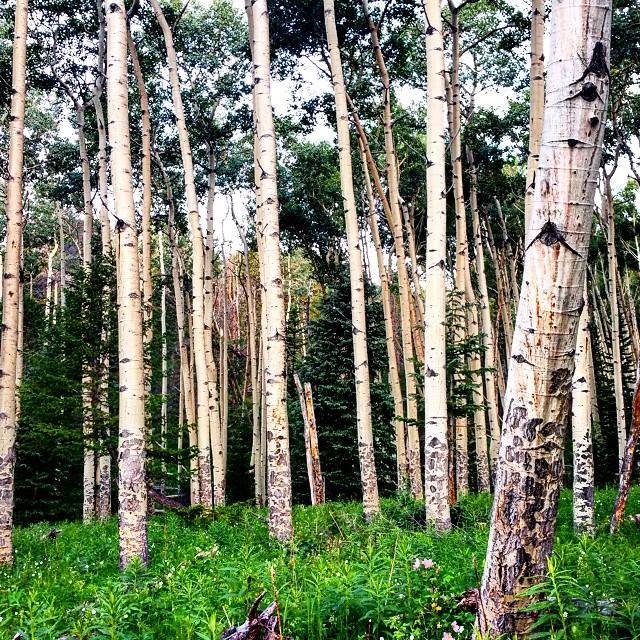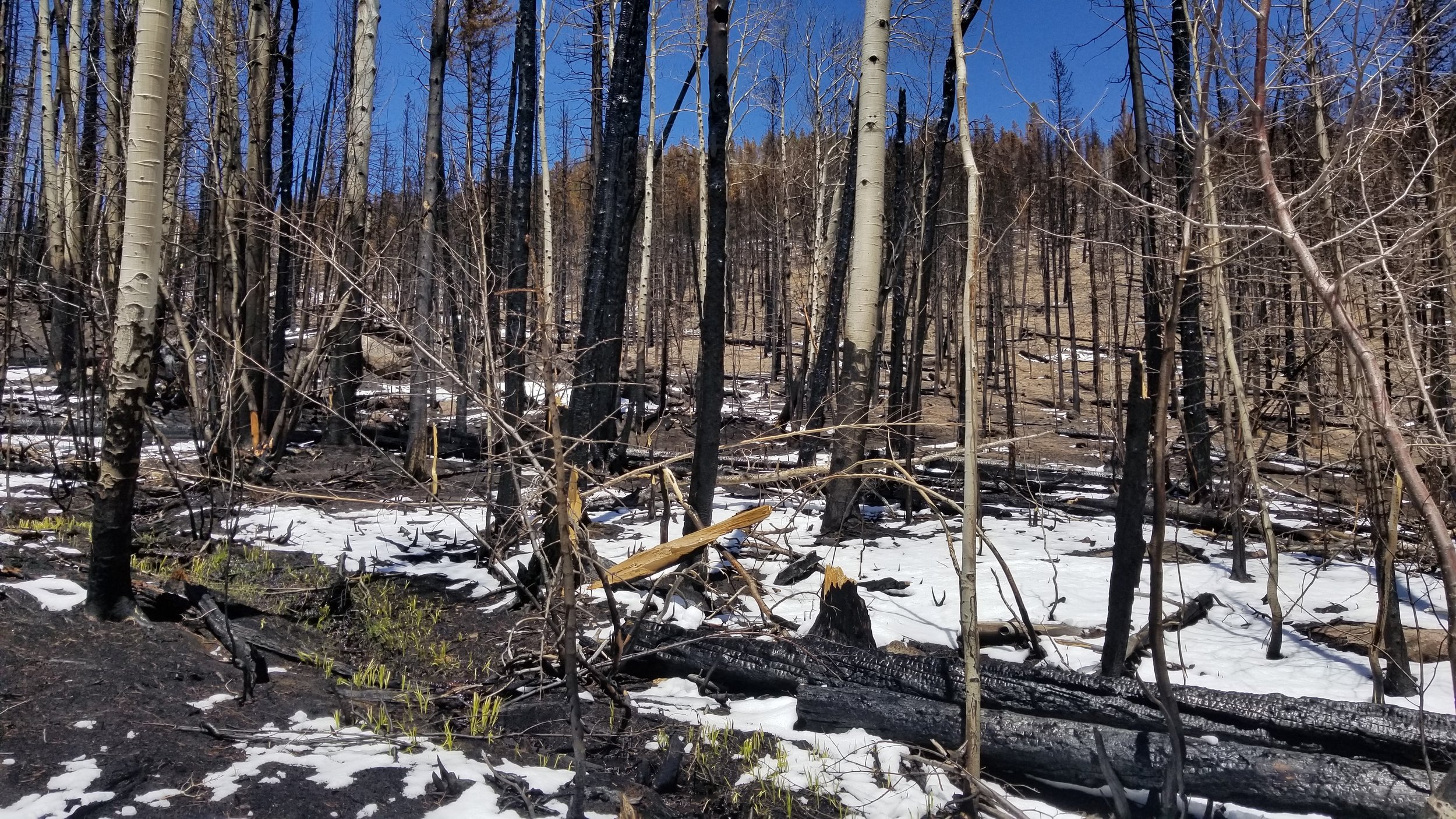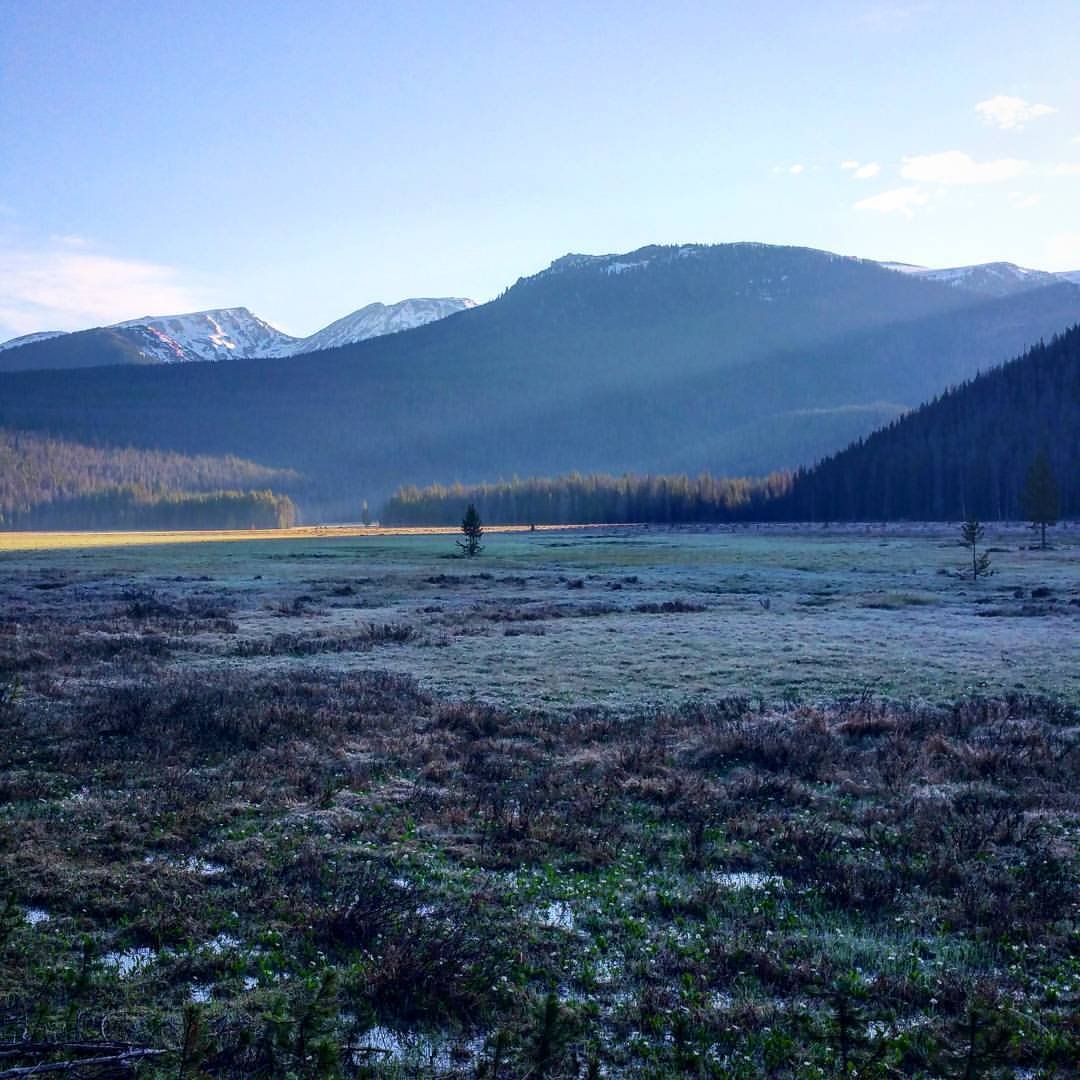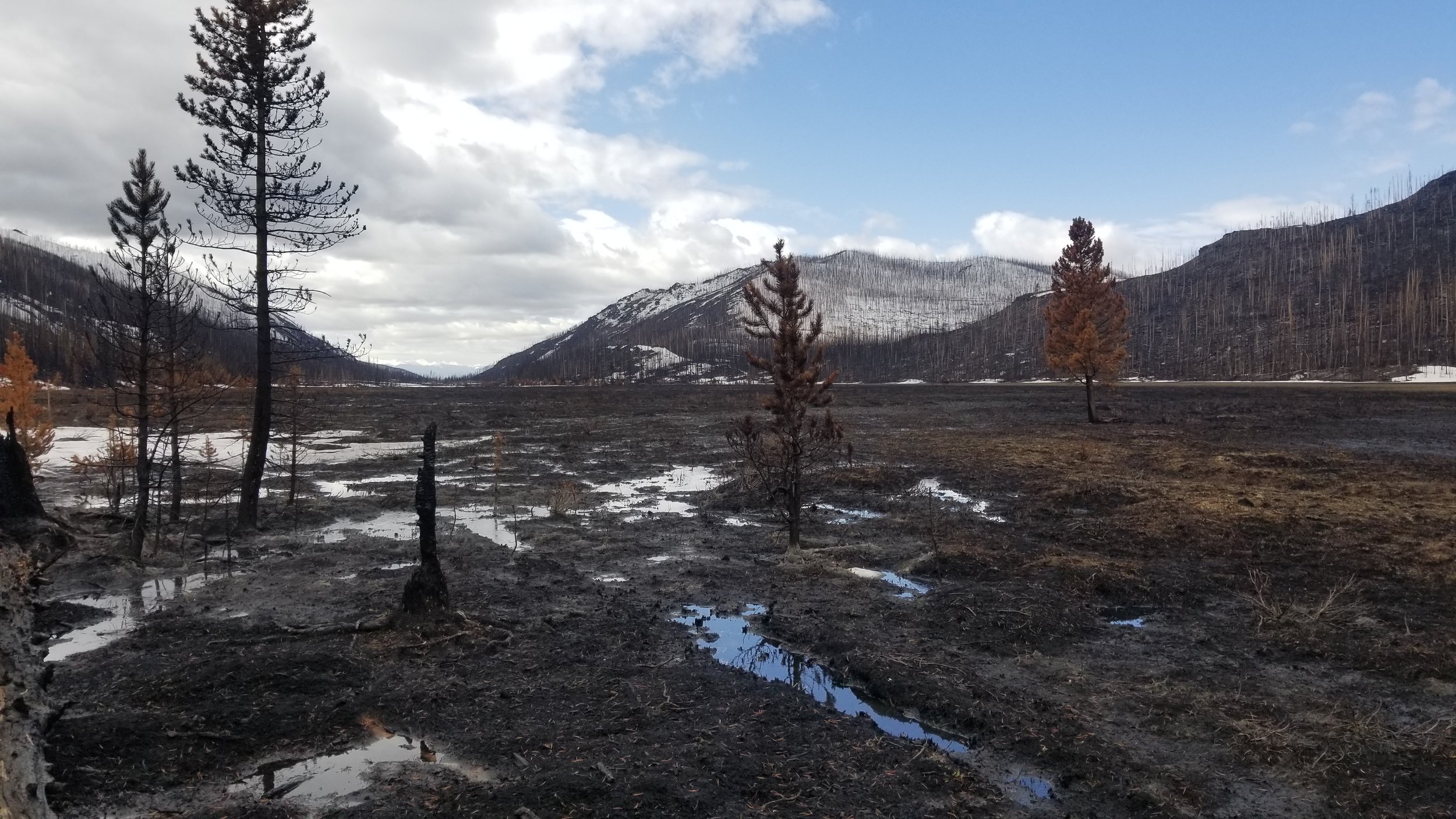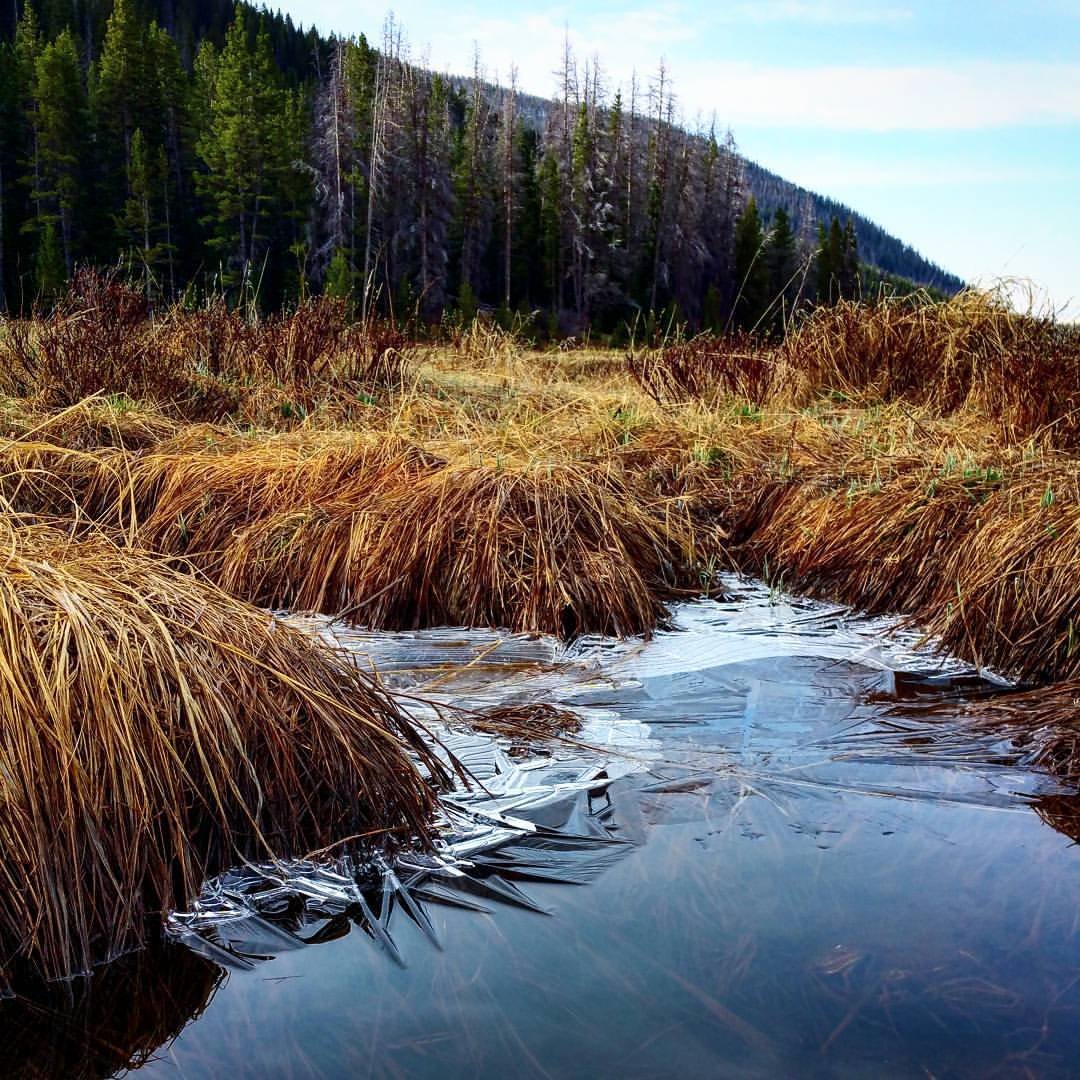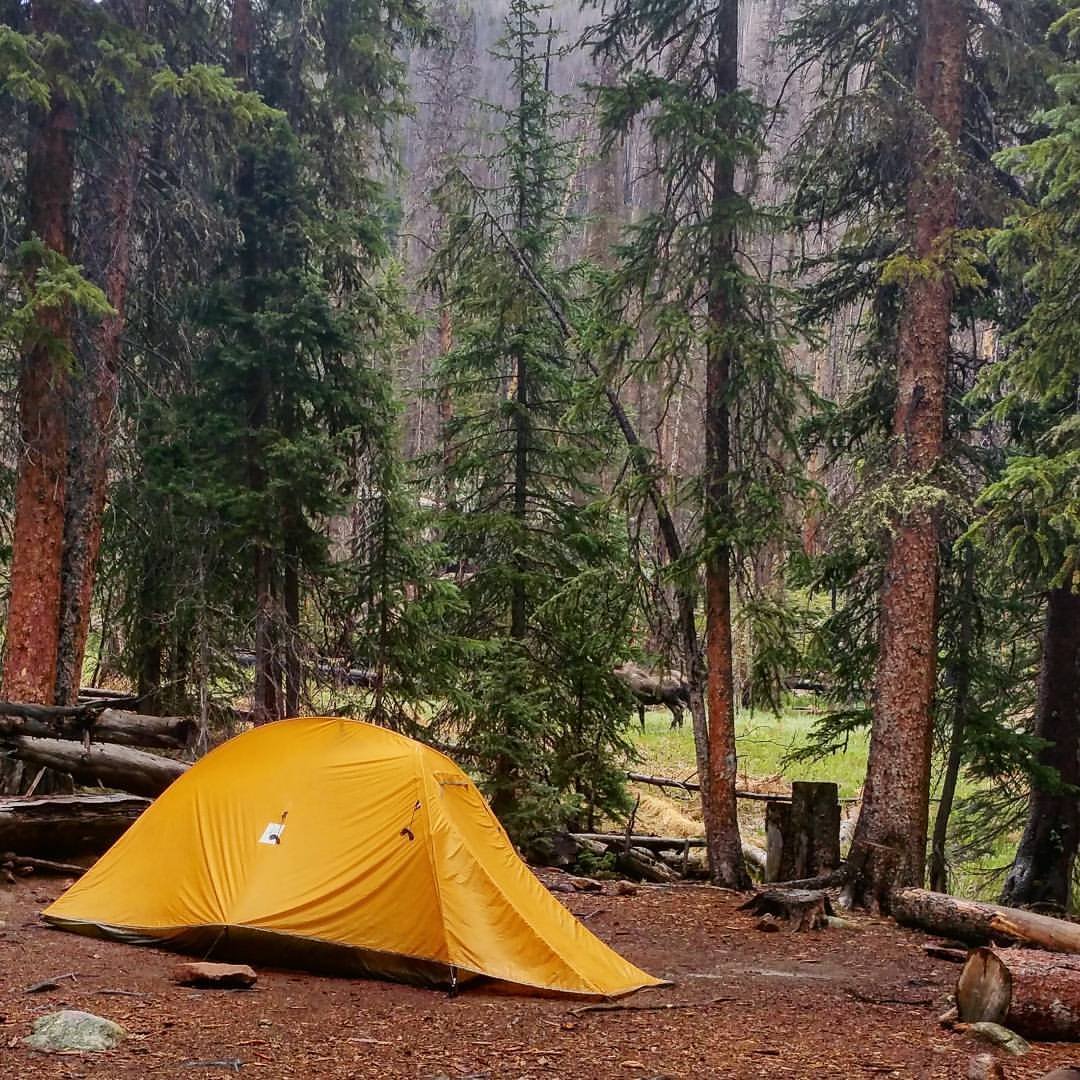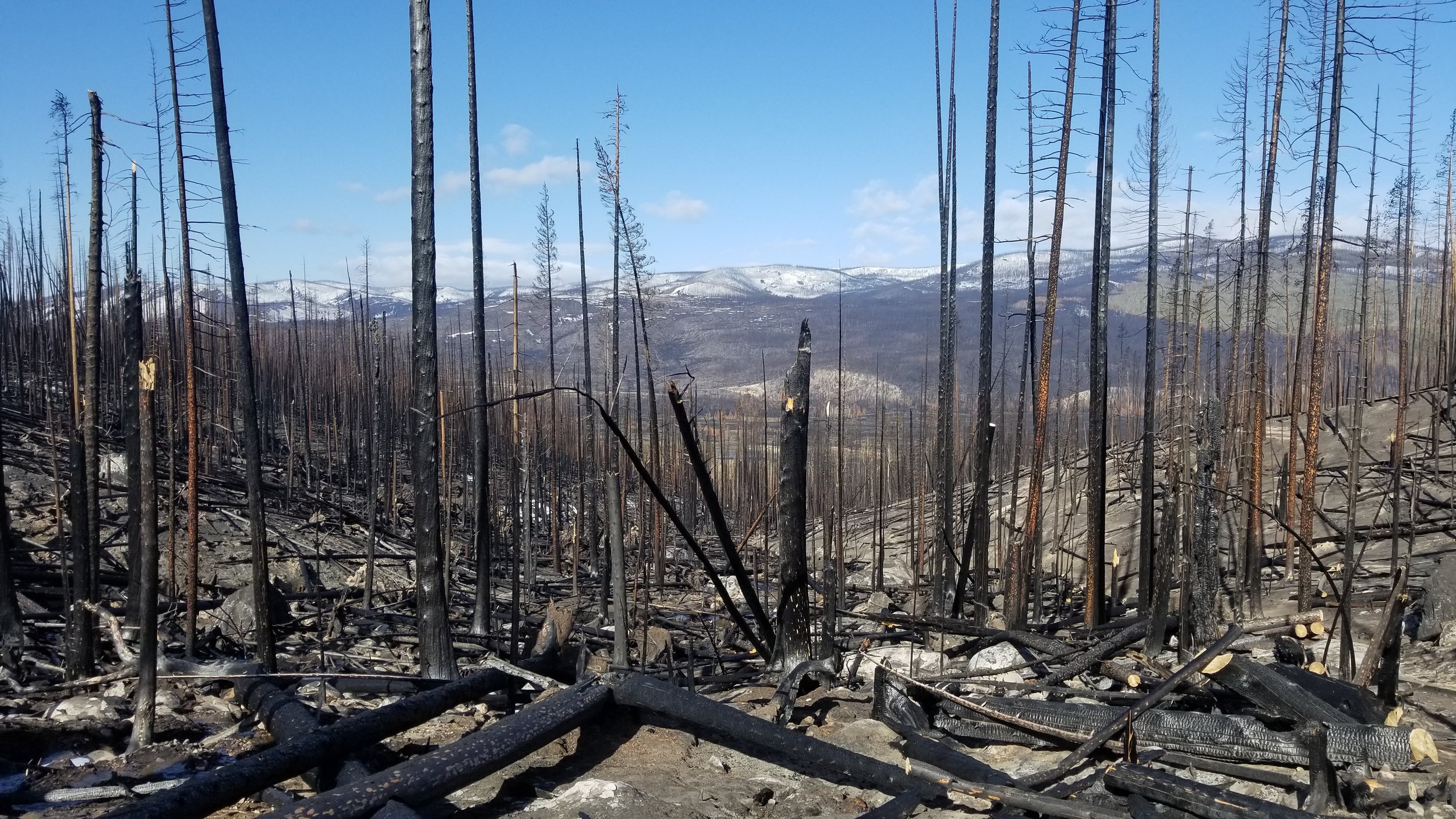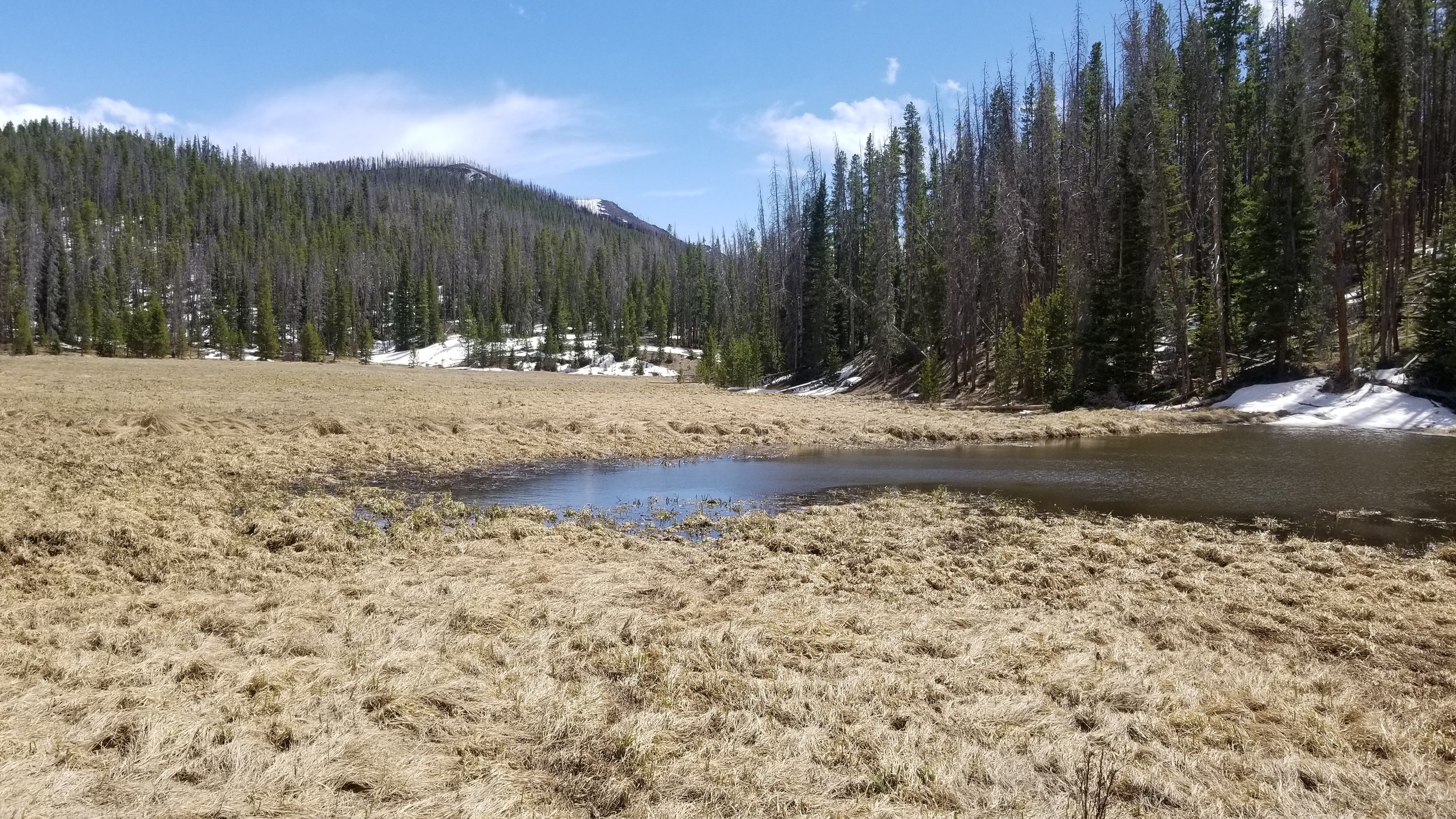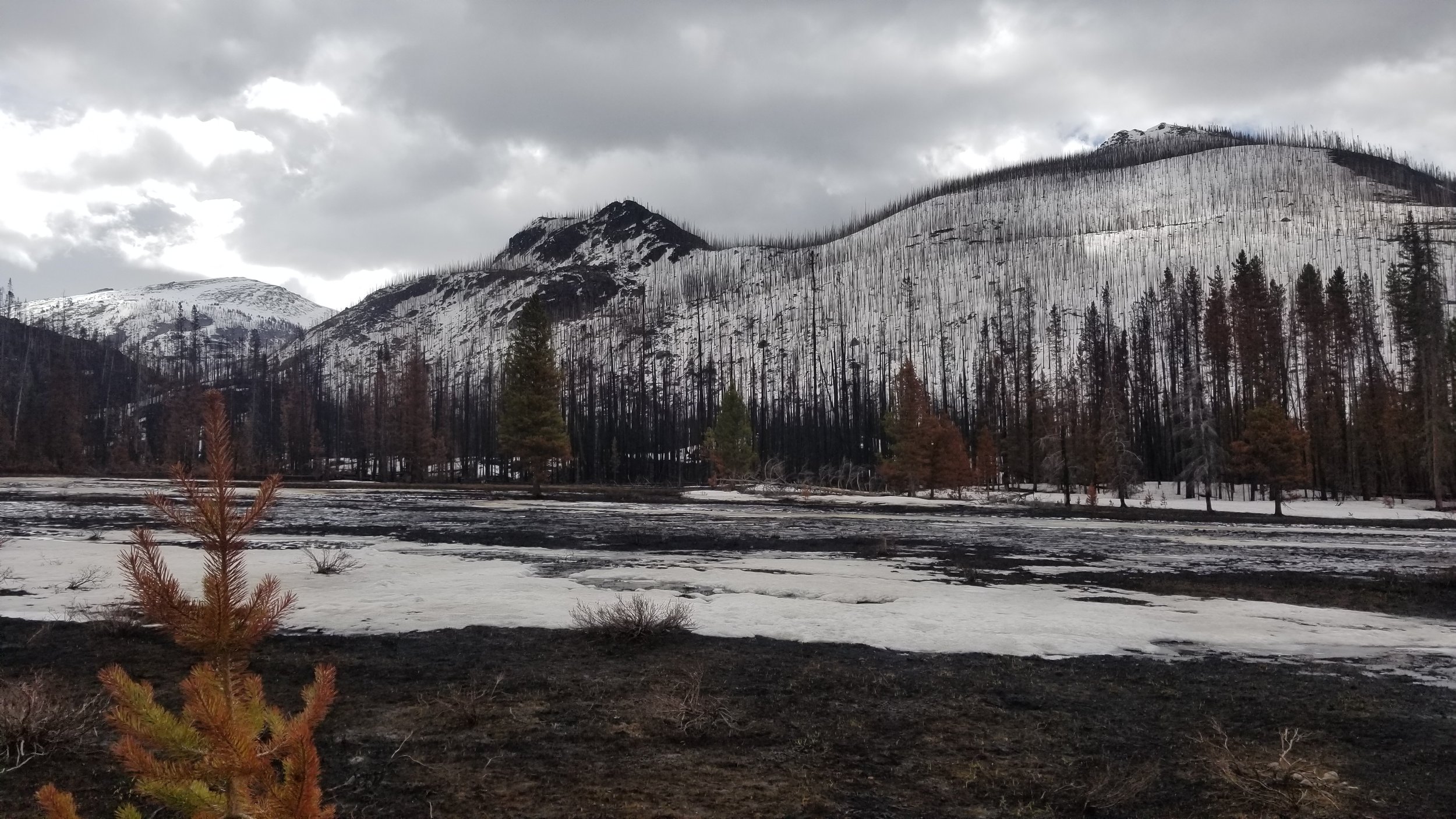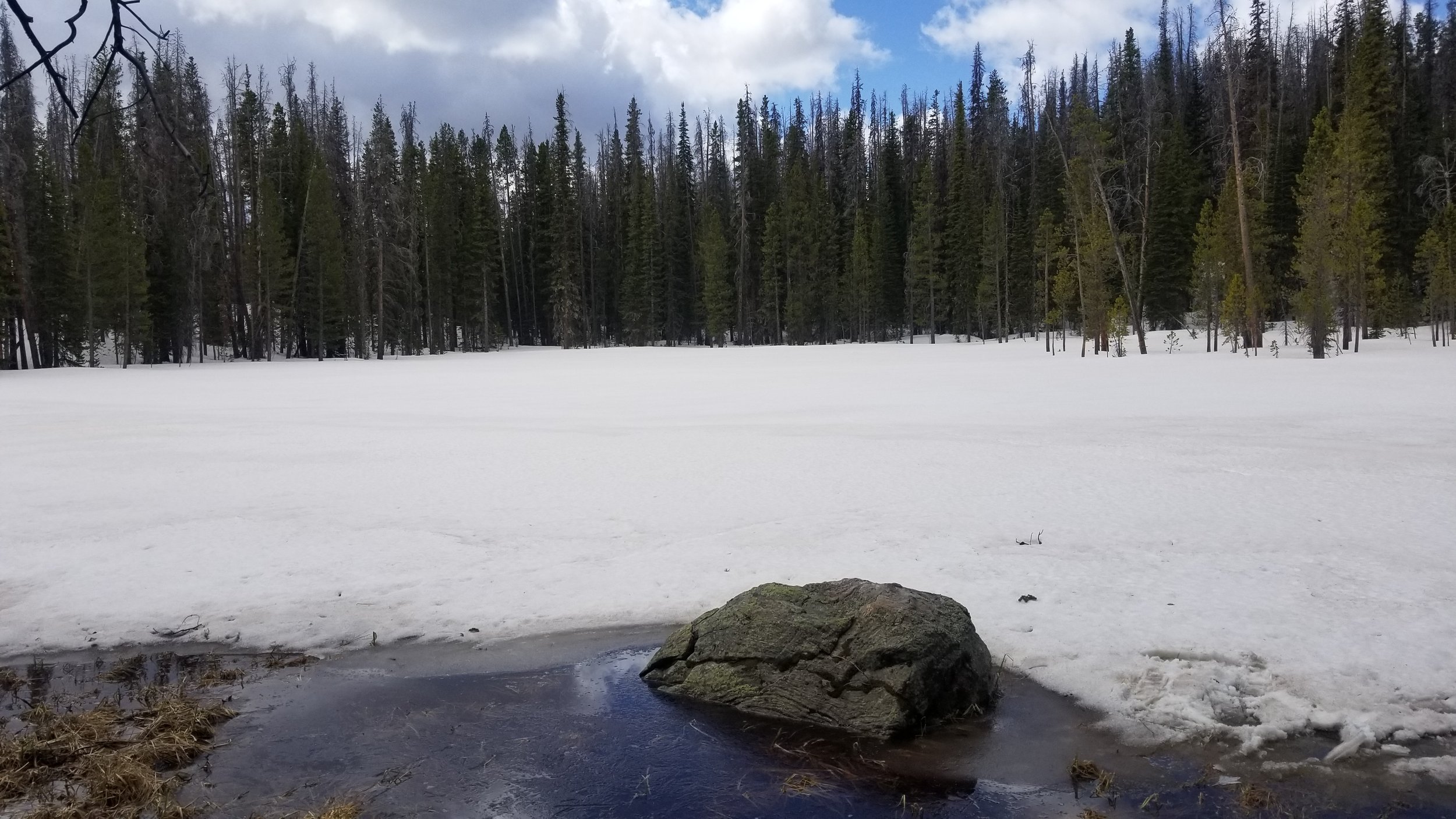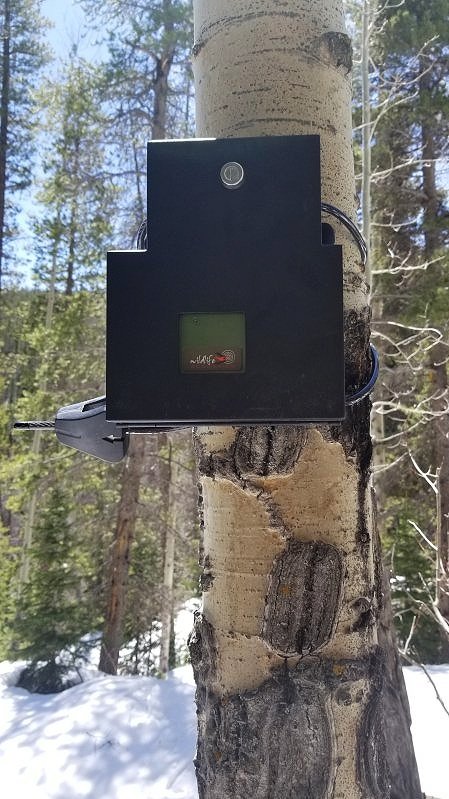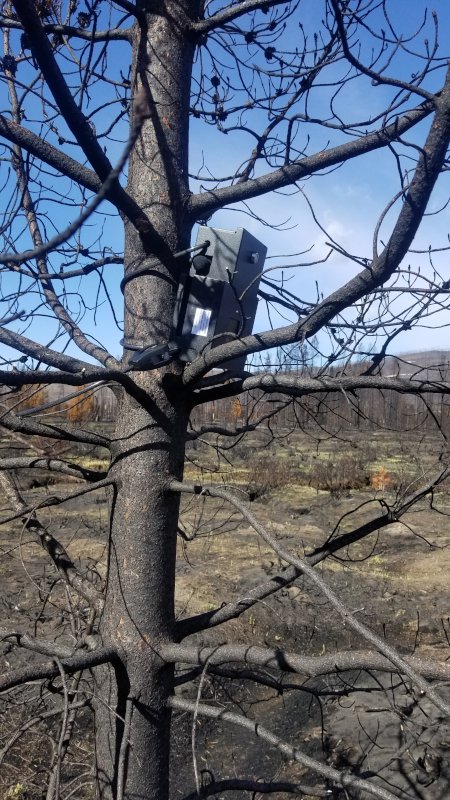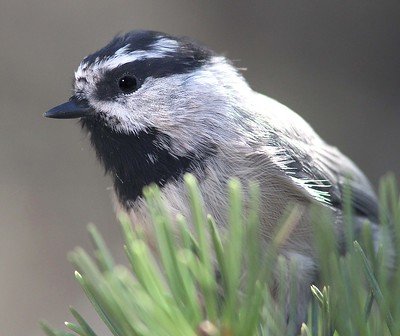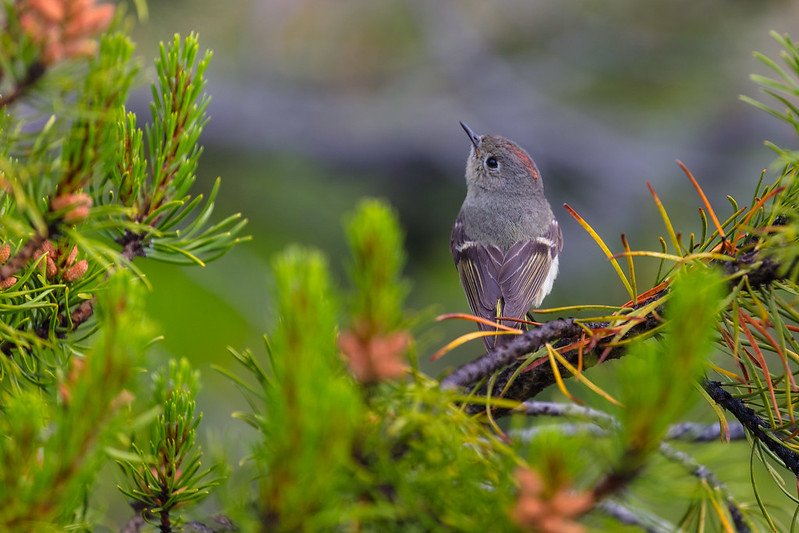Rocky Mountain National Park Fire Study
The problem
The 2020 Colorado wildfire season was the most severe in the state’s history. An expansive and prolonged drought, millions of acres of beetle-killed trees, and unusually severe fire weather helped create the largest and fastest burning fires the state has ever seen; conditions predicted to continue.
The East Troublesome Fire (ETF) was a particularly severe fire that season. The ETF started on October 14, 2020 near Kremmling, CO in the Arapahoe National Forest. After three days, the fire grew to over 10,000 acres. On October 21 to October 22, the fire exploded in size to nearly 190,000 acres, burning into the west side of Rocky Mountain National Park, over the continental divide at over 12,000 ft in elevation, and down into the east side of the park near Estes Park, CO. An early season snowstorm and cold front arrived over the area on October 24 and effectively ended any further growth of the ETF. In total, over 25 human structures were lost within the park, along with over 21,000 acres of wildlife habitat.
The East Troublesome Fire (shown in orange) burned into the west side of the park, across the Continental Divide, and down towards Estes Park, CO.
Investigating the impacts of the East Troublesome Fire
From 2015-2019, team member Dr. Jacob Job wandered throughout Rocky Mountain National Park recording the sounds of species and natural acoustic events (i.e. thunderstorms, waterfalls, etc.). These recordings help park officials and visitors better understand the acoustic resources that exist within the park and create a time capsule of species and sounds present at the time of recording.
Among the areas of the park Dr. Job visited are places west of the Continental Divide like the Kawuneeche Valley, Green Mountain, and Big Meadows; all areas severely impacted by the ETF. With a record of species and sounds from these locations from before the fire, we knew there was an opportunity to use those pre-fire observations to help us gain a better understanding of the impacts of the fire.
Beginning in May 2021, our team deployed ten acoustic recording units (ARUs) across Rocky Mountain National Park. ARUs were placed at ten sites, five within the ETF burn scar and five control sites outside the burn scar. These devices are programmed to capture audio recordings of anything vocalizing at each site from May until the end of October.
Like previous year's audio recordings, newly recorded audio recordings capture what each site sounds like in general and which species are present at any given time. This is especially useful for studying vocal species like birds. Examining these data sets over long periods of time allows us to see which species utilize the burned and unburned sites and how that might change as the forest recovers.
Listening to the Sounds of Rocky Mountain National Park
During the 2021 field season, our ARUs gathered over 3,000 hours of audio recordings from 10 different sites within the park. We use these recordings to examine whether species, sounds, and entire soundscapes differ between sites in general, between burn and unburned sites, and over time.
The simplest thing we can do is begin by listening for differences in how an entire site sounds from before the ETF compared to after the fire. This first set of recordings allows you to listen to two different morning choruses of birds and a thunderstorm from before the fire in June 2016 and again after the fire in June/July 2021 from the same exact locations. Do you hear any differences? Do they sound similar? Make sure to wear headphones for the best listening experience!
Next, we can take an inventory of all of the species and sounds heard at each site. This gives us the raw data we need to begin to look for patterns in species presence at each site, between burned and unburned sites, and over time. Before diving into the scientific analysis, here are select recordings from each site during 2021.
This first set of recordings was gathered at sites within the burn scar.
This second set of recordings was gathered at sites outside the burn scar.
Analyzing the Sounds of Rocky Mountain National Park
Using the recordings we gathered at each site, we performed acoustical point counts at each site. This means we listened to recordings and recorded all bird species we could identify by song, call, or drumming (in the case of woodpeckers) via sound or visual analysis of a spectrogram.
Spectrogram representing one minute from 7:04am until 7:05am on June 8, 2021. Frequency (kHz) is represented on the vertical axis and time (s) is represented on the horizontal axis. Darker colors represent louder sounds. Most of the dark areas are bird songs and calls, except for the tall vertical mark at 7:04:32, which is a bird flying by the microphone.
We listened to 20 randomly selected one minute recordings (broken up into two 30 second segments) at each site where we had recordings on each of the following dates: 6/1/2021, 6/7/2021, 6/15/2021, 6/21/2021, 6/28/2021. Three of the recorders stopped recording before 6/28/2021 because of firmware issues, so we were only able to perform a partial analysis using acoustical point counts at two of these sites. During each 30 second segment, we indicated if a species was present and if so, if it was singing, calling, or drumming. Only species using multiple vocalization types (singing, calling, or drumming) were counted more than once during any 30 second segment. This helped prevent over counting of species presence since we couldn't visually verify different songs from the same species were from different birds.
In total, we performed 860 one minute point counts across nine of the ten sites. A total of 48 species of birds were detected across all sites, with 40 species identified at burned and control sites respectively.
Complete list of species detected during acoustic point counts at burned and control sites. Ψ denotes a species found only at that treatment.
Using the acoustical point count data, we explored species detections by date, point count minute, 30 second point count segment, and species by fire (burned or control) interaction, with an additional species by site random effect. Models were constructed using a generalized linear mixed model (GLMM) with a binomial family framework.
We found that we detected more species earlier in the morning and dates later in June. We also found that fire had a mixed impact on species. Eleven species were detected at higher rates at burned sites than control sites. These included American Robin, American Three-toed Woodpecker, Brown-headed Cowbird, Cassin's Finch, Hairy Woodpecker, Lincoln's Sparrow, Mourning Dove, Olive-sided Flycatcher, Pine Siskin, Western Wood-Pewee, and Wilson's Snipe. Four species at control sites were detected at higher rates than at burned sites, including Dark-eyed Junco, Hermit Thrush, Mountain Chickadee, and Ruby-crowned Kinglet. Finally, an average of 4.75 species could be expected to be detected during a a single point count at a burned site and 2.96 species at a control site.
Expected number of vocalizations heard during each point count segment for each species for both treatments. Only species with ≥ 15 total detections are included. . denotes p < 0.1, * denotes p < 0.05, ** denotes p < 0.01, and *** denotes p < 0.001; determined using GLMM models.
What do these sounds tell us?
The East Troublesome Fire (ETF) severely burned tens of thousands of acres in Rocky Mountain National Park. Understanding how extreme wildfires like the ETF impact the long-term health of ecosystems and wildlife communities is key for land managers to implement necessary proactive wildfire mitigation and post-fire ecosystem restoration plans.
When examining the impact on the bird community in the park, we found evidence that the ETF had mixed effects on different bird species. In general, we detected 40 species in total over all burned sites and all control sites, indicating species richness was similar. However, community composition differed. Some species were more commonly detected at burned sites, while others were significantly less commonly detected.
The heterogeneity in species responses may reflect the unique biology of each species. For instance, Mountain Chickadees and Ruby-crowned Kinglets were detected at lower rates at burned sites. These species are known inhabitants of tree crowns and crown loss at burned sites in our study was near one hundred percent. This dramatic loss of trees reflects how severe of a wildfire the ETF was and suggests that species that rely on mature trees and tree crowns will likely continue to be detected at low rates at burned sites. It is likely other species' biology influenced our findings.
Despite the near complete loss of trees, we also observed new vegetation growing at burned sites in our study. All sites in this study reside in riparian ecosystems which may be less susceptible to the effects of wildfire. An examination of the area outside riparian sites in our study shows a near complete loss of plant life, including trees, shrubs, forbs, and grasses, with very little vegetative regrowth noticed by the end of our first field season. Conversely, within riparian zones, nearly all trees were lost to the fire, but by early spring grasses and forbs started regrowing. By late spring, grasses and forbs were nearly a meter tall in some places and first-year aspens (Populus tremuloides) were growing in some places. These riparian zones might have acted to reduce the severity of the ETF and create small pockets of low severity fire. The presence of vegetative regrowth at our study sites might be acting as refuges for species that might have otherwise been excluded from these sites.
Long-term impacts of the ETF on the avian community in Rocky Mountain National Park remain to be seen. The impacts of wildfire on bird species are complicated and can take years to reveal themselves. The patterns we uncovered during our first field season will likely change from year-to-year. We look forward to continuing our monitoring of the bird community in subsequent years.


